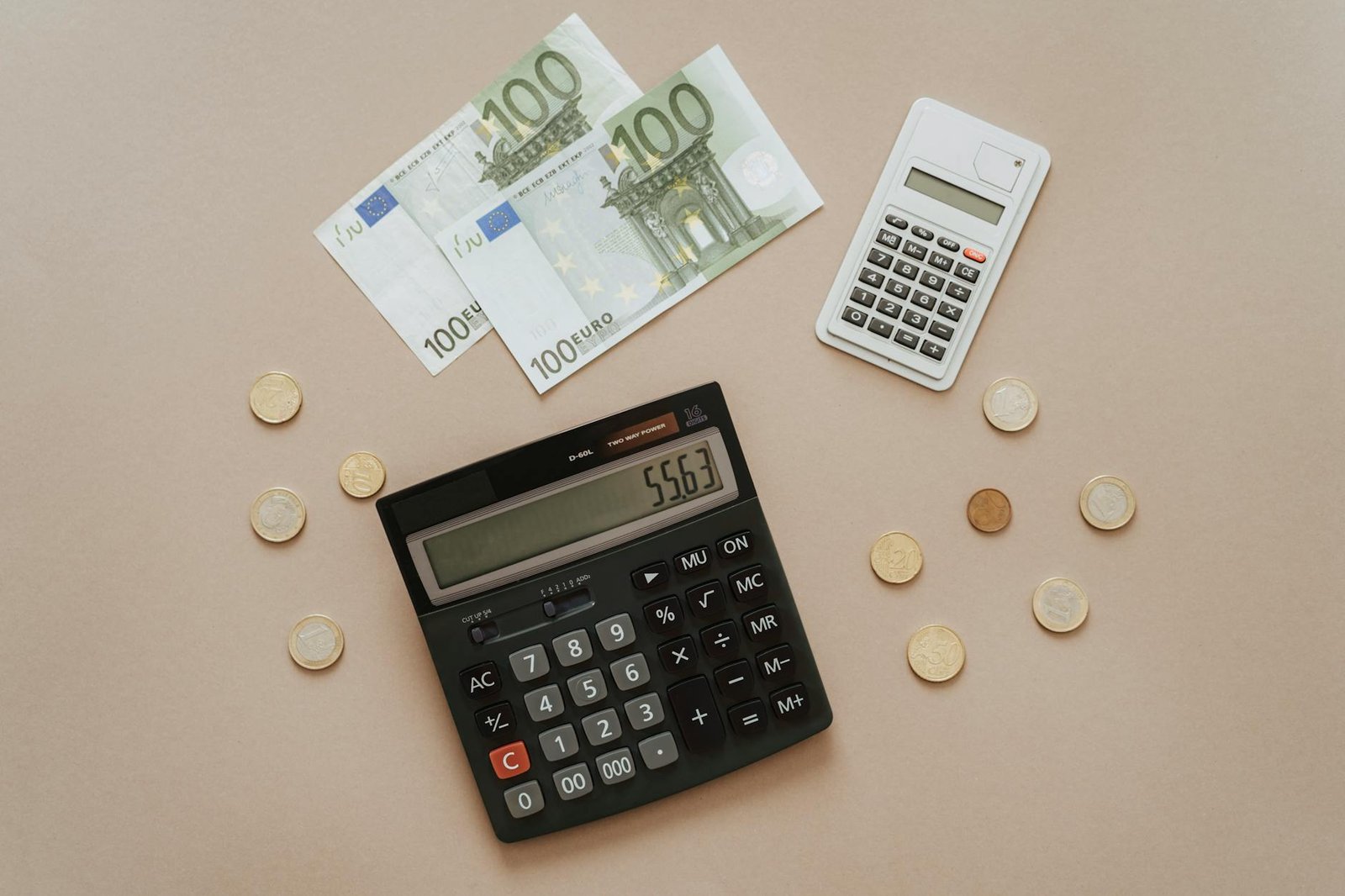What is Account Receivable?
Account Receivable keeps records of debtors of the business. All the money that the business is entitled to receive from its customers is entered in Accounts receivable Along with their Names and other(Contact info, Customer Number) info. Accounts receivable is aged for recovery purpose by businesses. Bad and Doubtful debt expense is also calculated on the basis of the customer’s liquidity.
Sales ledger Control Account.
Account Receivable Control account, or Sales ledger control account is an accounting term. Used for a collective account of all the debtors, where all the transactions of account receivables are recorded collectively. The Basic rules are as same as any other debtor’s account. The control account shows the accumulated debtor balance in a single account. In the real world, a business has many customers, and a lot of them usually buy merchandise on credit. A control account is used to manage these debtors under one roof.
An account receivable control account is an asset in nature and is shown in the current assets in the balance sheet. The following items are Debited or credited in the sales ledger control account.
Bad Debts
Bas debts are the amount owed to the business that can not be recovered due to the insolvency or non-payment of the customer to whom the balance is owed. Balances are written off when they become unrecoverable, and recorded on the credit side.
Format

Debit side:
- Balance b/f (Opening Balance)
- Credit sales ( Sales made on a credit basis)
- Refund
- Interest ( Profit changed on the amount due)
- Dishonored cheques ( Cheques not honored, Accepted, or paid by the bank )
Credit side:
- Cash/ Bank received ( Amount Received by the business
- Sales return ( Amount of goods received by Customers)
- Sales discount ( Cash Discount given to customers )
- Bad debts ( Impairment of debtors due to the bankruptcy of other
- Set-off ( Settlement Between Accounts Receivable and Accounts Payable)




